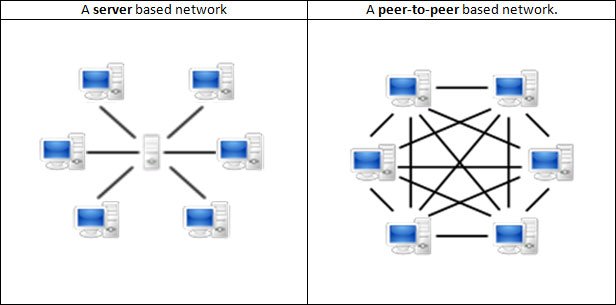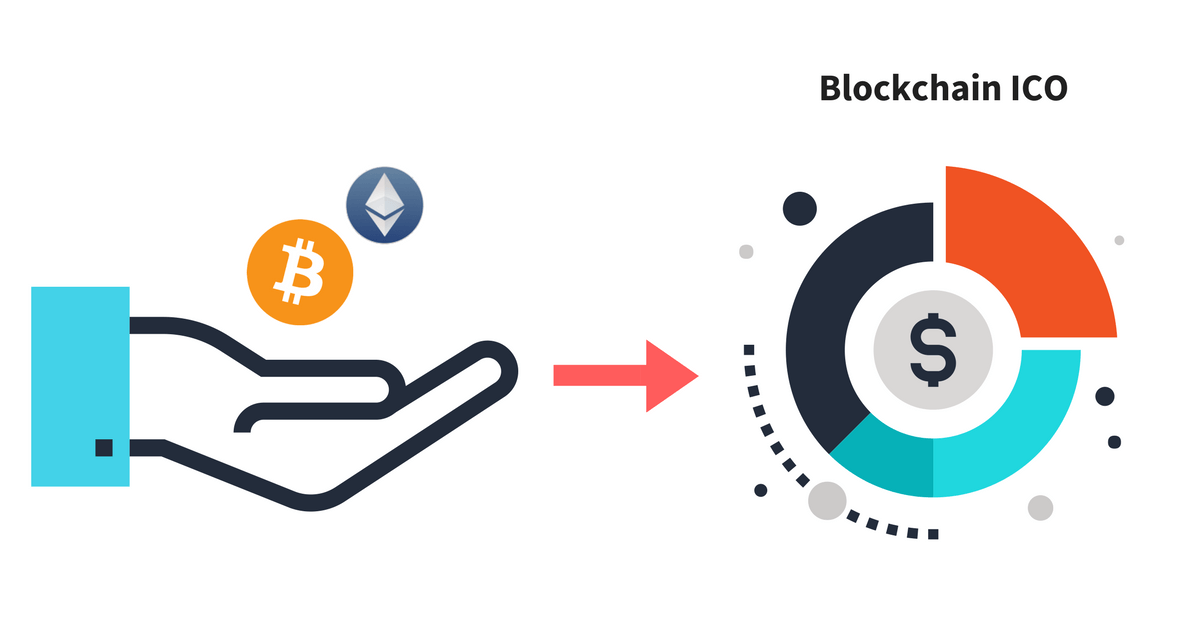What is Cryptocurrency? Bitcoin and Altcoins explained

The Financial Crisis & The Emergence of Bitcoin
In the midst of the last financial crisis, a paper was forwarded to the Cypherpunks mailing list. The paper detailed the concept of Bitcoin and was forwarded by Satoshi Nakamoto. To this day, nobody knows who Satoshi Nakamoto is. The concept laid the groundwork for the first-ever cryptocurrency to come into existence. Three months later, the Bitcoin network was launched.
Today, Bitcoin and other cryptocurrencies have reached the attention of the masses and we have economists, politicians, regulators, business people all debating its use case. There are currently over 2000 cryptocurrencies listed on CoinMarketCap. Cryptocurrencies have advanced a lot further than just Bitcoin. It’s easy to get caught up in the hype but it is also important to take a step back and really understand what cryptocurrency is. This article delves into what cryptocurrencies actually are and the technology underlying them.
A Peer-to-Peer Network & Other Decentralized Properties
The best way to get an understanding of what cryptocurrencies are is to delve into what Bitcoin is. The first thing to note about Bitcoin is that it operates on a peer-to-peer network. This means that a distributed set of computers maintain the network and process transactions. In a typical payment system, a centralized computer that requires intermediaries is responsible for maintaining the network and processing payments. For this, they charge a high fee and typically go through a number of middlemen resulting in high costs.

The distributed network lies at the heart of what cryptocurrencies are. There are more elements which make cryptocurrencies inherently different from any other centralized payment system. The code for projects is typically open-source meaning that it can be assessed and scrutinised by the community.
The word blockchain comes up a lot when it comes to cryptocurrencies. There can be a lot of misunderstanding surrounding the term so let’s break it down. Transactions are grouped together in blocks and these can be added in an append-only manner. This leads to a chain of data added on in blocks giving rise to the term blockchain. In a centralized system, any of the data can be changed. In a blockchain, changing data somewhere in the middle of the blockchain would result in the rest of the data after this point being altered. This leads to the data being immutable as if someone were to change the data in one block in the middle of the chain, it would be clearly noticeable that the data is after being manipulated with. If one of the computers in the decentralized network were to forecast the incorrect state, it would be clear that this is happening as all the rest of the computers in the network would be forecasting the correct blockchain.
Another point to note about the network is that it is censorship resistant. Cryptocurrencies do not care about where you are from or what you are doing. As long as you comply with the rules of the network, your transaction is valid. In the case of Bitcoin, this means having the funds to send the transaction and also having the correct digital signature to send the transaction.
Other Cryptocurrencies and Business on Blockchain
Bitcoin is not the only cryptocurrency. With over 2000 cryptocurrencies listed on CoinMarketCap, other projects have found a use case for blockchain technology. Some are adapting the code of blockchains to give rise to a network with different properties. Others are applying cryptocurrencies to business models where they believe a decentralized model will be more applicable.

With every transaction in a distributed network having to be validated by every computer maintaining the network, the system can be inefficient and lead to long transaction times. Many cryptocurrencies have been developed to tinker with the underlying blockchain in an attempt to make the system more efficient.
When it comes to business, other projects have been developed envisioning decentralization to provide a more fair model that deserves its own cryptocurrency. Some teams fundraise for the development of a project by issuing a cryptocurrency through a process known as initial coin offerings (ICOs).

Cryptocurrencies could be best described as an emerging technology. The entire market cap at the time of writing is under $200 Billion and Bitcoin represents over 50% of this value. Bitcoin has dealt with many use cases such as a digital store of value, peer-to-peer payment method, and an anonymous means of payment. Its use case is still being determined through a process of technological and social development. Other cryptocurrencies are going through a similar process. They are still finding their use cases through a process of being tried and tested in business and through scrutiny by the community behind them.
